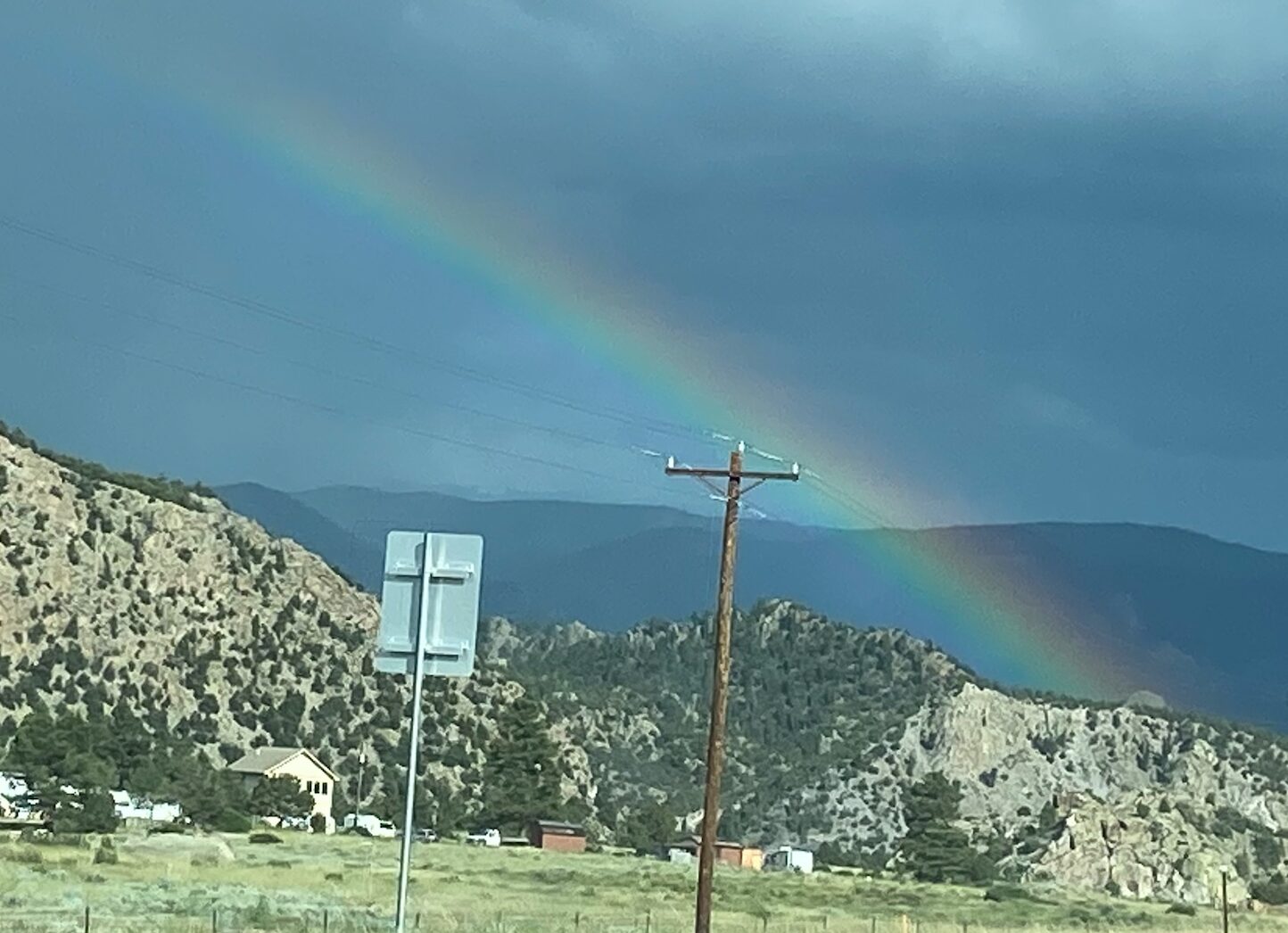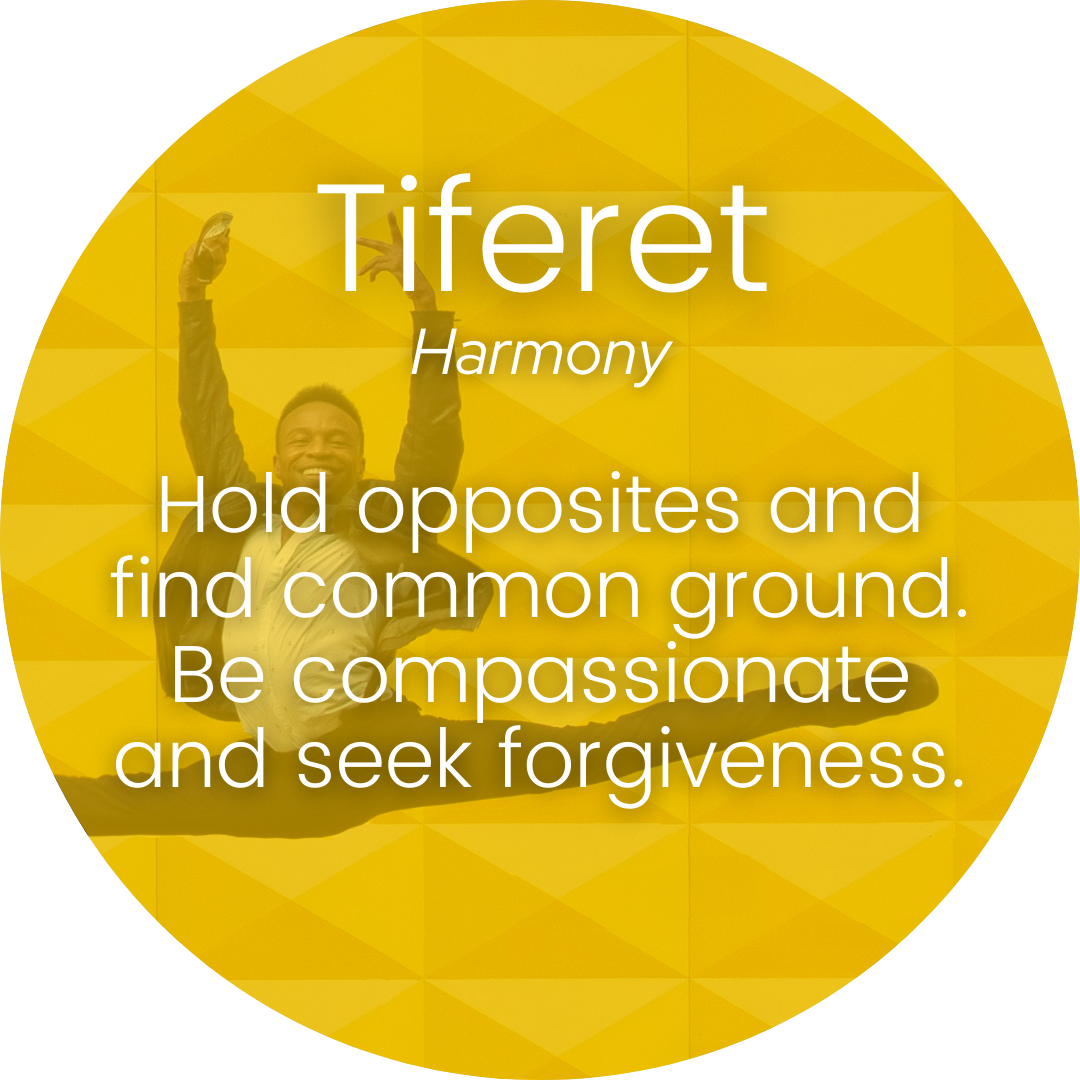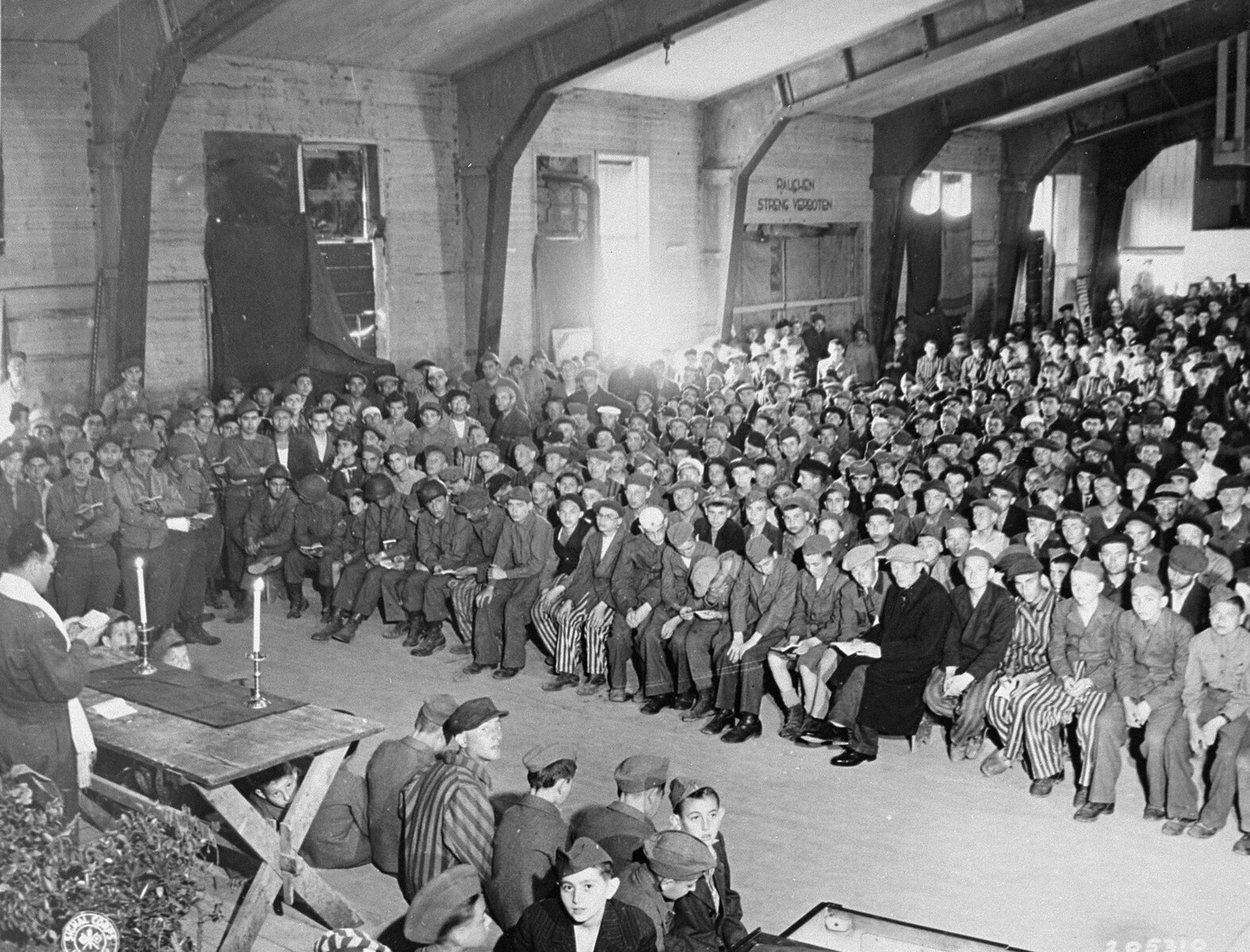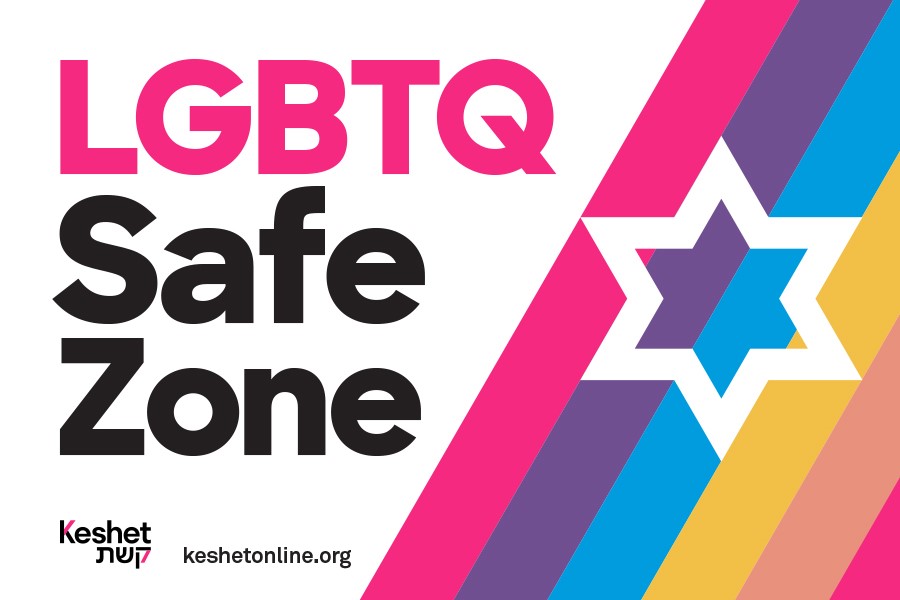Yesterday was a day at the San Diego zoo. The highlights were the bears, the Pandas and Koalas (marsupials misnamed as bears). All were fast asleep (the Koalas sleep up to 20 hours a day) except for 3 year old Panda Xiao Liwu who was busy eating one bamboo shoot after another. He was mesmerizing, the “little gift” who is the joy of this magnificent zoo. The San Diego Zoo facility is built as a first class visitor park and it is apparent that every effort is made to afford the animals first class facilities.
I always leave a zoo with mixed feelings. The first public zoo opened in 1779 in Vienna. Zoos were initially established as scientific laboratories for studying live animals and since then arguments have been put forward for how zoos provide protection and the possibility of reproduction for endangered species. The animals though are in captivity and foster the hierarchical notion of human domination over all manner of beast and fowl.
The senseless killing of Cecil the lion will become, sadly, a footnote soon enough. The senseless argument forwarded by Dennis Prager (“It’s a lion,” Conservative Lens appearing in the IJN on August 7) is worth a careful review. Here are the dictionary definitions of senseless:
1. destitute or deprived of sensation; unconscious.
2. lacking mental perception, appreciation, or comprehension.
3. stupid or foolish, as persons or actions.
4. nonsensical or meaningless, as words
The hunter who first shot Cecil with an arrow and then “tracked” the lion for 2 days before killing him with a bullet would fit the initial definition of senseless. You can weigh in on which definition you would consider most fitting for Mr. Prager’s views.
Prager starts: “The uproar over the killing of a lion named Cecil in Zimbabwe is further proof that secular society inevitably produces moral confusion.” Prager acknowledges that Biblical law is clear that humans should not mistreat animals –it is his opinion though that without objective moral standards we humans would be left with only personal feelings and would, of course, get it wrong—at least in the case of the killing of lions. Prager emphasizes that this is the reason why we reserve the word murder for the taking of human, not animal life. Prager then makes an interesting leap based on his understanding of biblical wisdom: only humans are created in God’s image, not animals and therefore only “human life is sacred, animal life is not.”
A hierarchical valuation of human and animal life may well be the intention of the bible. This is a perfect example of how Prager himself imposes his personal feelings or personal interpretation of the bible to declare that animal life is not sacred. Surely Mr. Prager would acknowledge that objects can be sacred, that places can be sacred, and that relationships can be sacred. Why should animal life then be excluded from our sense of the sacred? My guess is that had Mr. Prager studied Kabbalah he would gain a better appreciation for the levels of soul that connect all of created existence—otherwise he would not have been so dismissive of the sacredness of a lion.
david
P.S. Prager’s premise can be challenged in other ways—I am choosing here to address him on his own logic which he of course sees as the only sensible one









0 Comments